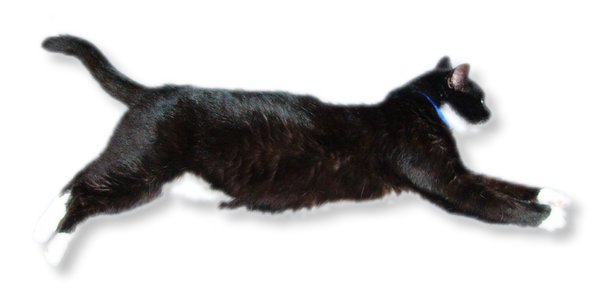Caring for Multi-Cat Households: Cat Litter Factors To Consider
Caring for Multi-Cat Households: Cat Litter Factors To Consider
Blog Article

Cat litter and litter boxes play an essential role in the lives of both felines and their owners. From the modest starts of sand and soil to the ingenious advancements of today, the world of cat litter has developed substantially. In this comprehensive guide, we delve into every aspect of cat litter and litter boxes, exploring their history, types, benefits, challenges, and everything in between.
The history of cat litter dates back centuries, with ancient civilizations using sand, soil, and even ashes as primitive litter materials. However, it wasn't up until the mid-20th century that contemporary cat litter as we know it emerged. In 1947, Edward copyright introduced the world's first industrial cat litter made from absorbent clay, changing the method felines relieved themselves inside. Ever since, cat litter has actually gone through many improvements, with the intro of clumping litter, silica gel litter, naturally degradable choices, and more.
Today, cat owners are spoiled for choice when it comes to selecting the ideal litter for their feline buddies. Standard clay litter remains popular for its affordability and effectiveness in soaking up smells. Clumping litter, which forms strong clumps when wet, simplifies cleaning and maintenance. Silica gel litter, made up of extremely absorbent silica crystals, provides exceptional odor control and longevity. Biodegradable alternatives, such as recycled paper, wood pellets, corn, and wheat, interest ecologically conscious consumers.
Each kind of cat litter provides distinct advantages. Clay litter stands out in its ability to take in moisture and control smells, making it a reliable choice for many feline owners. Clumping litter streamlines everyday scooping and extends the time between complete litter modifications. Silica gel litter supplies remarkable smell control and can last longer between replacements. Eco-friendly litters provide a sustainable alternative that lessens environmental effect.
While cat litter improves indoor feline health, it is not without its obstacles. Dust from clay litter can position breathing dangers for both felines and people, prompting the popularity of dust-free alternatives. Some felines may establish litter box aversion due to issues with texture, fragrance, or tidiness, requiring experimentation with various litters and box configurations. Multi-cat families may need strategic litter box positioning and frequent upkeep to prevent territorial conflicts and make sure cat litter box furniture all cats have access to tidy facilities.
Choosing the appropriate litter box is vital for promoting positive litter box practices and total feline well-being. Aspects to consider consist of size, availability, and design choices. Covered litter boxes supply personal privacy and help consist of smells, but some cats might find them confining or daunting. Open-top litter boxes Self Cleaning Litter Boxes provide simple gain access to and exposure however may result in more litter scatter. Automatic self-cleaning litter boxes simplify maintenance however require routine monitoring and upkeep.
Appropriate litter box upkeep is essential for making sure a tidy and inviting environment for both felines and their owners. Daily scooping gets rid of waste quickly, decreasing odor and dissuading litter box hostility. Regular litter replacement, generally every 1-2 weeks, avoids bacterial buildup and preserves ideal absorbency. Comprehensive cleansing with moderate detergent and water, avoiding severe chemicals that might deter felines from utilizing the box, ought to be carried out monthly.
Cat litter and litter boxes play a main function in cultivating a healthy and harmonious relationship between cats and their human buddies. With a diverse range of litter alternatives and litter box styles available, cat owners have the flexibility to customize their options to match their felines' cat litter tray preferences and household needs. By understanding the development, types, advantages, and challenges of cat litter and litter boxes, animal owners can offer their feline pals with a comfy and sanitary indoor environment.